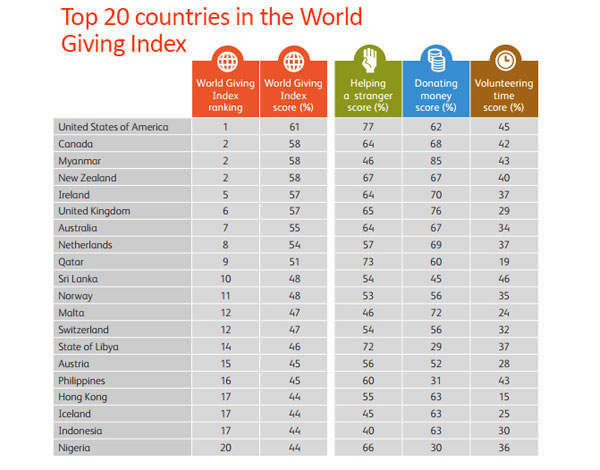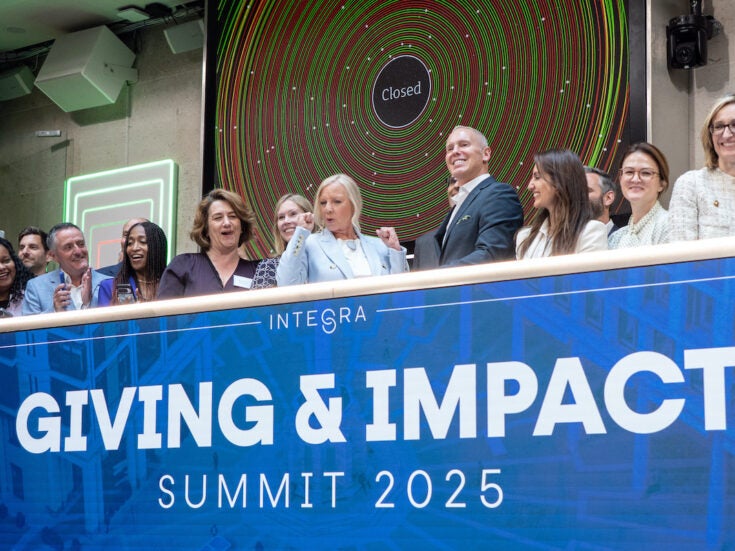

The festive season brims with timeless ritual – decorating the tree, switching on the lights, and gathering round to sing and make merry. For many, charitable giving forms an important part of this tradition – whether that’s personal giving, or giving on behalf of others in lieu of a gift.
We’re pretty good at this. This year, Giving Tuesday in the US almost doubled its donations, raising $21 million and benefiting 10,000 organisations. Closer to home, the World Giving Index revealed the UK sits among the most charitable nations, ranking sixth in the world for overall generosity, and first in the developed world for the proportion of people who give to charity.
We know that with the flurry of letters from charities promoting their seasonal campaigns, comes the risk of donor fatigue – something that could be avoided by communicating more effectively with donors. But there’s another challenge: when confronted by so many worthy requests, how do you decide what to support
Identifying charities to support
With over 160,000 registered charities in the UK, choosing which one to support can be a bewildering prospect. The first step is often to think carefully about which causes speak personally to you. Is there an issue that makes you particularly angry or worried, or that’s affected you or your loved ones? Would you like to see the difference your donation makes to a local cause?
– If you care about a particular issue, identify the sector’s umbrella body and look at its members; for example, Homeless Link is the umbrella for the homelessness sector. Alternatively, you could search for established funders that share your interests to see which organisations they support, with added reassurance that due diligence has been conducted. You could also explore NPC’s sector reports on charities working in fields such as violence against women or autism, for example.
– If you’re interested in funding locally, then a Council for Voluntary Services or a Community Foundation can link you to local projects. The website, Local Giving, also lists vetted local projects.
What information to look for
Once you’ve identified a couple of charities, it’s important to feel confident they will use your money well. Even with limited time, you can develop an informed view of a charity by taking the following steps.
Step 1 Look at the charity’s website. Is the website easy to navigate, clear and informative? Can you tell what the charity is aiming to achieve and how it is delivering on its mission? Is it open about any problems faced, and does it provide information on its leadership, strategic plans, and any reviews of progress? Adjust your expectations based on the size of a charity; smaller organisations won’t have money to spend on a very slick website, but you should still get the sense that the charity is happy to talk about what it does.
Step 2 Look for other info online. Google the charity’s name and look for external sources of information, for example in Civil Society or Third Sector. Check for negative publicity or controversies, verify awards or successes, and look out for information on the Chief Executive and their background.
Step 3 Look at the charity’s accounts. Look at the accounts for the last two years – these should ideally be displayed on the charity’s website, but it’s also worth checking its accounts are filed on time with the Charity Commission (for Scottish charities, the Office of the Scottish Charity Regulator). Has income been stable over a number of years, and is it coming from a range of sources? Is income and expenditure balanced? Is there a clear explanation of any elements that look irregular or concerning? Has the auditor ‘modified’ the accounts (ie, noted a concern or irregularity)?
Step 4 Talk to the charity directly. If you’re giving a substantial amount, it’s definitely worth taking time to speak with a member of staff. This will give you a better feel for how the charity operates, its priorities for the future, and the challenges it faces. Try if you can to meet the chief executive or a member of senior management.
Bear in mind that it’s not useful to assess a charity on the basis of its overheads or administration costs.
Nobody wants to feel their donation is wasted on first class flights and fancy offices, but overheads are essential for a charity to run effectively and make good decisions about its work. Different types of charities will require different overhead spends, so it’s very difficult to compare them. The decision about whether or not to support a charity should be based, above all, on the difference it makes.
If you want further ideas about the kind of information to look for and the questions you might need to ask, then take a look at NPC’s Little Blue Book , a guide to analysing charities based on their Activities, Results, Leadership, People and Resources, Finances, and Ambition.
Sally Bagwell is a consultant at New Philanthropy Capital, and the author of Money for Good UK






